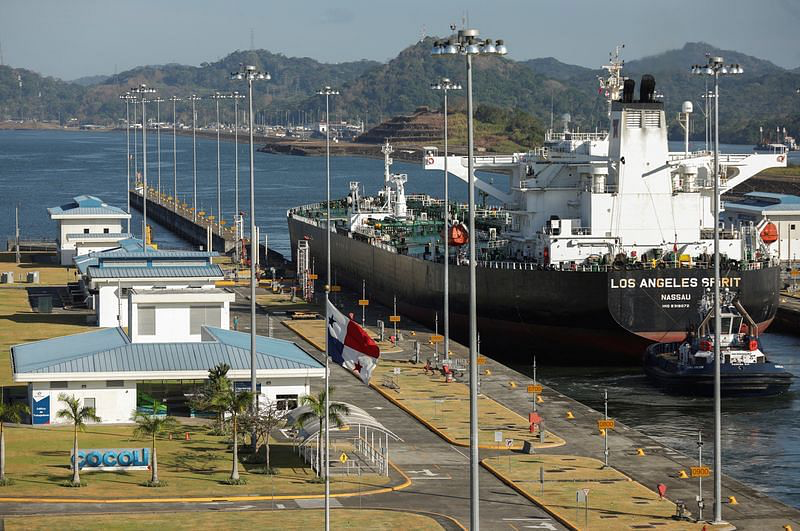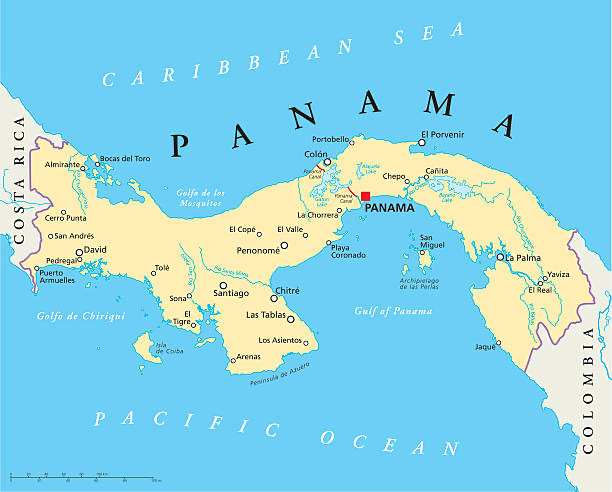Free Courses Sale ends Soon, Get It Now


Free Courses Sale ends Soon, Get It Now



Disclaimer: Copyright infringement not intended.
Context
The Panama Canal and the challenges it is facing due to a prolonged drought and the impact of climate change.
Details
Extended Restrictions and Limited Crossings
Significance of the Panama Canal
Impact of Prolonged Drought and Climate Change
Outlook and Long-Term Planning
About Panama Canal

Disclaimer: Copyright infringement not intended.
History
Construction
Operation
Economic Importance
Tourism
Future
|
PRACTICE QUESTION Q) Discuss measures to address the water scarcity issue and enhance the Panama canal's resilience in the context of climate change. (150 words) |
© 2024 iasgyan. All right reserved